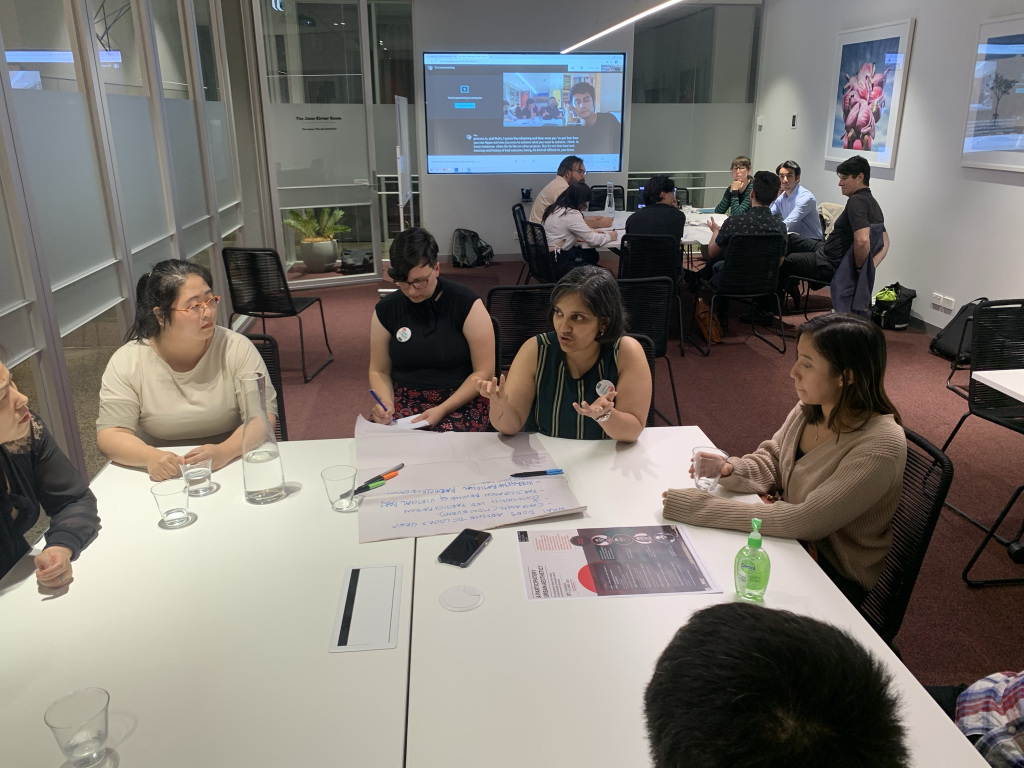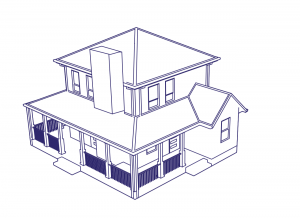Engaging the community in urban development will make cities, regions and neighbourhoods better for everybody.
Meaningful community participation and knowledge exchange is often lacking or non existent in corporate built environment culture and design processes. Industries, institutions and practitioners involved in designing how our cities look, feel and operate are often preoccupied with their own expertise and knowledge area. Concomitantly, the majority of society perceives and experiences urban aesthetics differently to expert built environment professionals.
When developing a framework for a city, regional or neighbourhood aesthetic, the process needs to begin with the rights-holder: individuals and groups who have legitimate claims to economic, social and cultural rights. In turn, other built environment professionals have a duty to take action in which these claims are made.
If the design process is regulated by these exchanges of empowerment and accountability, what then does built environment practice look like? As duty bearers, can built environment practitioners genuinely seek to deliver dignified, equitable and spatially just outcomes? What will our cities look, feel and be like for everybody?
A PARTICIPATORY URBAN AESTHETIC?








